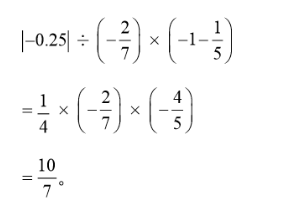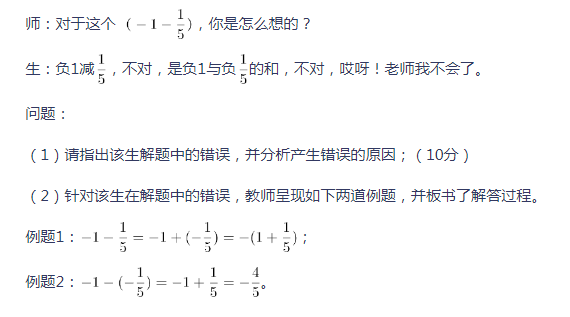当前位置:首页 → 职业资格 → 教师资格 → 中学英语学科知识与教学能力->Passage1Comeon--Everybody′sdoi
Passage 1
Come on--Everybody′s doing it. That whispered message, half invitation and half forcing, iswhat most of us think of when we hear the words peer pressure. It usually leads to no good--drinking, drugs and casual sex. But in her new book Join the Club, Tina Rosenbe~ contends thatpeer pressure can also be a positive force through what she calls the social cure, in whichorganizations and officials use the power of group dynamics to help individuals improve their livesand possibly the word.
Rosenberg, the recipient of a Pulitzer Prize, offers a host of examples of the social cure inaction: In South Carolina, a state-sponsored antismoking program called Rage Against the Haze setsout to make cigarettes uncool. In South Africa, an HIV-prevention initiative known as loveLiferecruits young people to promote safe sex among their peers.
The idea seems promising, and Rosenberg is a perceptive observer. Her critique of the lamenessof many pubic-health campaigns is spot-on: they fail to mobilize peer pressure for healthy habits,and they demonstrate a seriously flawed understanding of psychology. "Dare to be different, pleasedon′t smoke!" pleads one billboard campaign aimed at reducing smoking among teenagers--teenagers, who desire nothing more than fitting in. Rosenberg argues convincingly that public-healthadvocates ought to take a page from advertisers, so skilled at applying peer pressure.
But on the general effectiveness of the social cure, Rosenberg is less persuasive. Join the Clubis filled with too much irrelevant detail and not enough exploration of the social and biologicalfactors that make peer pressure so powerful. The most glaring flaw of the social cure as it′spresented here is that it doesn′t work very well for very long. Rage Against the Haze failed oncestate funding was cut. Evidence that the loveLife program produces lasting changes is limited andmixed.
There′ s no doubt that our peer groups exert enormous influence on our
细节题。根据题干定位到文章第一段。文中有一句“Itusually leads to no good--drinking,drugs and casual sex”,句中usually与题干中的often对应,leads to与D项中的cause对应,drinkin9,drugs andcasual sex与D项中的否定成分undesirable behaviors对应.故D项“不良行为的诱因”正确.它是对原文的同义替换。A项“社会治疗的补充”、B项“群体活力的刺激”都是罗森伯格的新观点。C项“学校进步的障碍”是针对文章最后一段出的干扰项.且属于过度推断。
《义务教育数学课程标准(2011年版)》强调,课程内容要反映社会的需要、数学的特点,要符合学生的认知规律。课程内容的组织要重视过程,处理好()的关系。
设α是某一方程组的解向量,k为某一常数,则kα也为该方程组的解向量。( )

案例:
在有理数运算的课堂教学片段中,某学生的板演如下:

针对该学生的解答,教师进行了如下教学:
师:请仔细检查你的演算过程,看是否正确无误?
生:好像正确吧。

请分析例题1、例题2中每一步运算的依据。(10分)
初中数学课程是一门国家课程,其主要内容包括课程目标、教学内容、教学过程和( )等

教师职业道德区别于其他职业道德的显著标志就是( )。

对高中数学的评价,下列说法错误的是( )。
